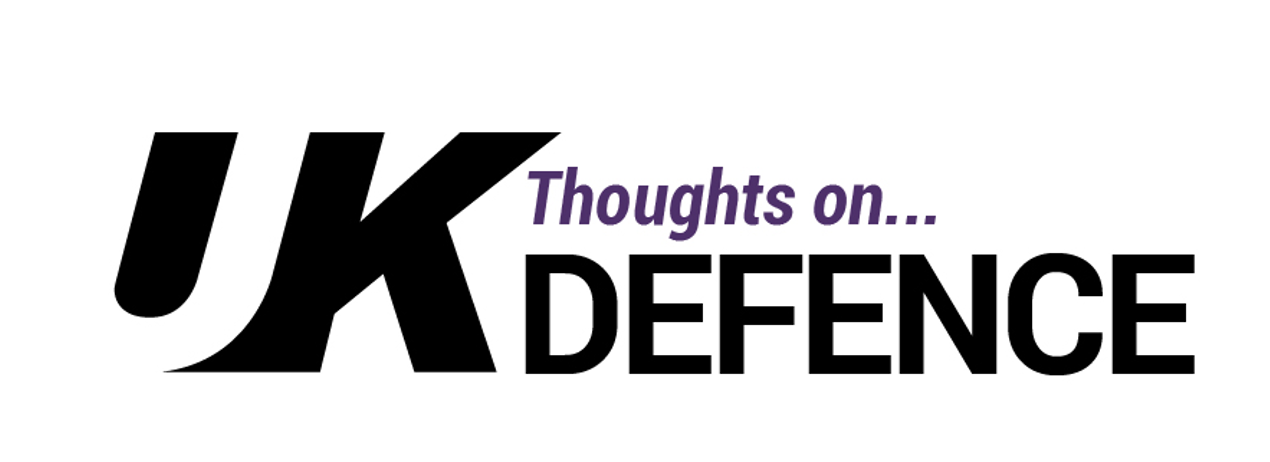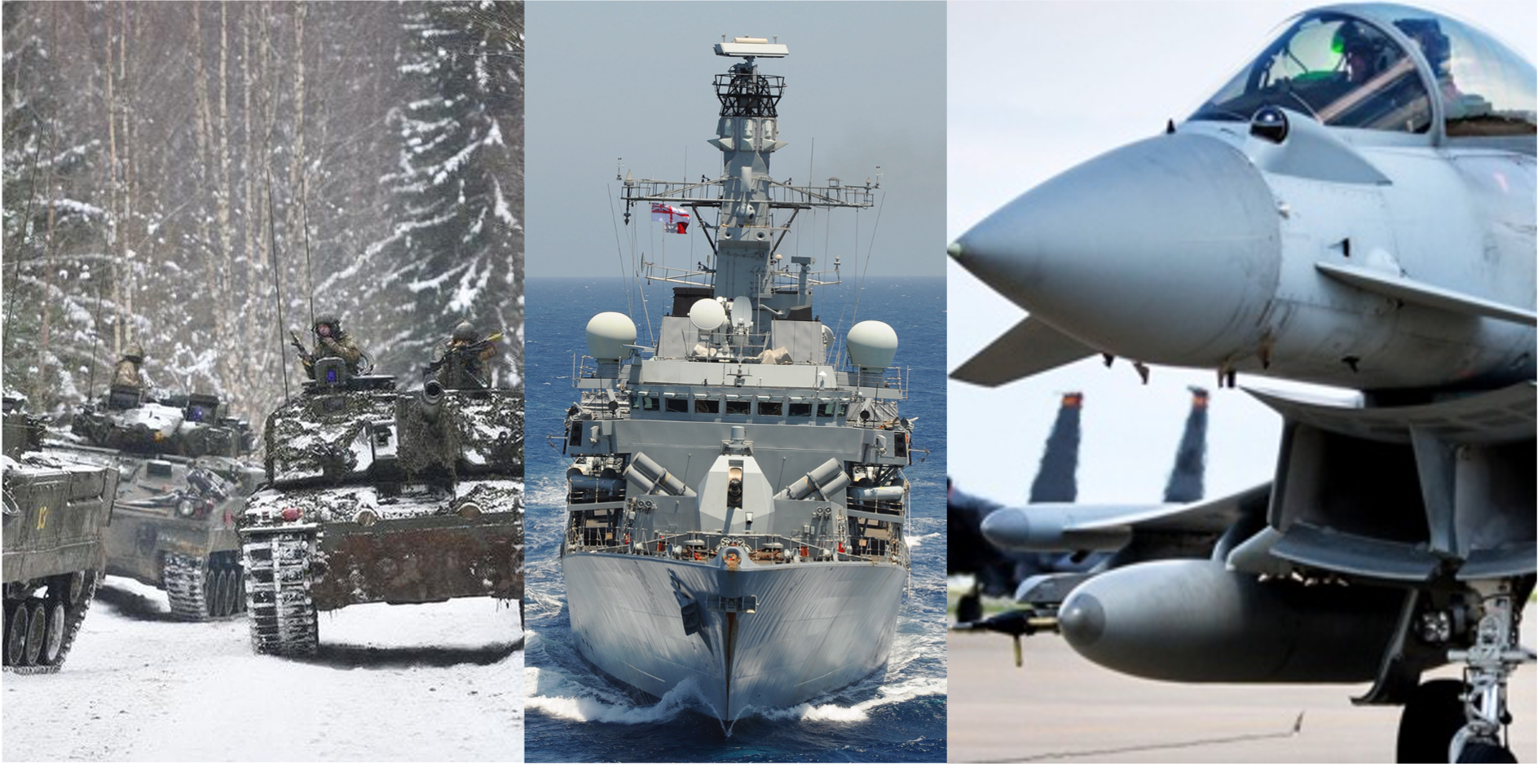This post examines prioritised defence missions for the RAF in the Integrated Review, using the following as a benchmark:
– Defence and resilience of the UK homeland and its overseas territories (including maintenance of the independent nuclear deterrent).
– UK contribution to NATO collective defence.
– Power projection in support of UK interests worldwide.
This is the sixth and final post in a series that considers prioritisation within UK Defence. Previous posts examined defence’s approach to prioritisation; priorities in past defence reviews; and how defence missions could be prioritised in the forthcoming Integrated Review.
Current Capability
Justin Bronk, a research fellow in the Military Science Team at RUSI, suggested that the RAF did “particularly well” out of the 2015 SDSR. The review committed to two more Typhoon squadrons (although the actual number of aircraft in the ORRBAT was not increased), nine P-8A Poseidon anti-submarine warfare and maritime surveillance aircraft, more than twenty Protector remotely piloted air systems (RPAS), and a recapitalised air transport fleet. It also confirmed the government’s plan to purchase 138 F-35 Lightning aircraft over the life of the programme.
Since the SDSR, the government has also signed a circa £1.5 billion deal to purchase five E-7 Wedgetail aircraft to replace the current E-3D Sentry in the airborne early warning and control role. While some may complain that the number of fast jets in its inventory remains low, the RAF does currently maintain (or has committed plans to procure) a balanced, modern fleet of manned and unmanned aircraft capable of conducting all four air power roles: control of the air; attack; intelligence surveillance & reconnaissance (ISR); and mobility. However, it is not easy to map air power roles to the prioritised list of defence missions.
The RAF operates two fast jet aircraft types: the Typhoon FGR4 and the F-35 Lightning. Both are multi-role, capable of undertaking air-to-air combat and air-to-ground strike. The F-35 can also operate in the electronic attack and ISR roles, and an electronic combat role is expected for the Typhoon by the middle of this decade. Both aircraft types contribute to the control of the air and attack air power roles, with the F-35 also able to carry out ISR missions.
Although now superseded by the Future Force Concept, the MOD’s most recent Air and Space Operating Concept recognised the importance of control of the air both to maintain the integrity of the UK’s airspace and to support the expeditionary posture mandated by national policy. The former is clearly an essential cornerstone of the defence of the UK homeland and defensive counter-air (DCA), in the form of air policing, and is also a highly desirable contributor to NATO collective defence. It could be argued that the need to maintain dedicated DCA assets to support expeditionary operations is no more than desirable, as the USAF has more than adequately covered this task in almost every expeditionary operation the UK has been involved in since the end of the cold War. That said, as @onUKDefence has previously pointed out, the UK’s go-to military capability for power projection will very soon be its carrier strike group(s); as a result, the multi-role ability of F-35 means the capability will, in all probability, be available whether or not it’s required.
The capacity to attack from the air with rapid global reach and precision is considered critical to conventional deterrence and joint action. To that end, it is an essential power projection role and a case could also be made for its ongoing maintenance in support of NATO collective defence. However, if the UK’s main contribution to NATO collective defence is to be a war-fighting division, close air support, rather than air interdiction, is the higher supporting priority. Moreover, given the proliferation of increasingly capable air defence systems and the resultant anti-access, area denial challenges they bring, choosing to operate limited and very expensive Typhoon or F-35 assets in close support of the army makes little sense. A more sensible option would be to disinvest in the associated manned aircraft capability and utilise RPAS alongside the British Army’s own Apache helicopters.
With dwindling numbers making it more difficult for the UK armed forces to provide mass, the best way they can remain relevant in coalition operations is through their ability to offer niche capability. It is here that the RAF’s ISR and mobility platforms come to the fore. Rivet Joint, Sentinel and Shadow are highly thought of and always in great demand, especially by the US military, as is the air-to-air refuelling capability provided by Voyager. Furthermore, swift deployment and ongoing sustainment through the maintenance of an airbridge are key power projection requirements provided by Globemaster, Atlas and Hercules aircraft of the air transport force. However, it has to be recognised that power projection in support of UK interests worldwide is the lowest of the prioritised defence missions and it is here that, if necessary, savings must be made. Mobility, and to a lesser extent, ISR capability, may have to be sacrificed to maintain control of the air and attack capability that clearly support the higher priority defence missions.
Future Capability
– The Development Concepts and Doctrine Centre’s Joint Concept Note 1/17 – Future Force Concept identifies the following priority areas for air future force development:
– Operating effectively in contested, degraded environments. Delivering effects in contested and degraded environments through cross-domain integration, effective reversionary modes and appropriate mass.
– Better balancing quality and quantity to provide resilience in the face of attrition (including the manned and unmanned balance), to meet the challenges of reconstitution of war fighting at scale.
– Seizing technological opportunities. Identifying, developing and operationalising key technologies that will enhance operational capability and operating concepts. In particular automated systems, non-kinetic weapons and technology that would enable persistent intelligence, surveillance and reconnaissance and the simultaneous execution of two or more air power roles by a single air platform.
– Delivering an agile command and control capability that underpins the simultaneous execution of two or more air-power roles by single platforms across multiple areas of responsibility.
– Ensuring that legacy platforms are able to share and receive information with next generation aircraft and with networked weapons from all domains.






